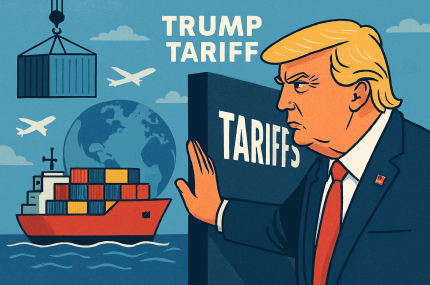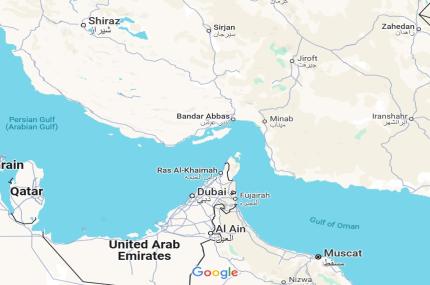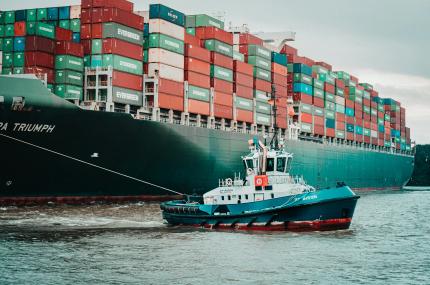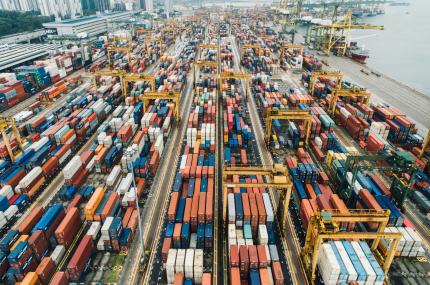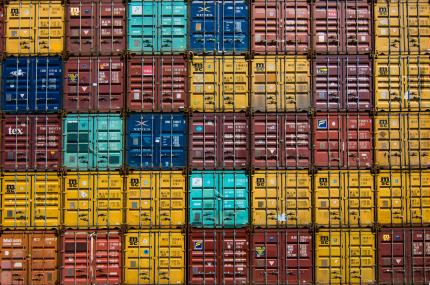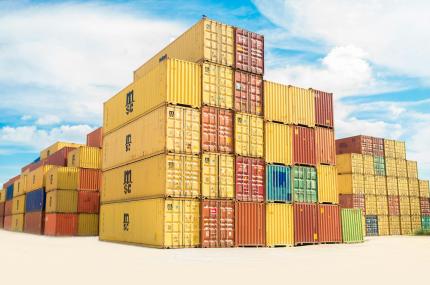Blog Detail
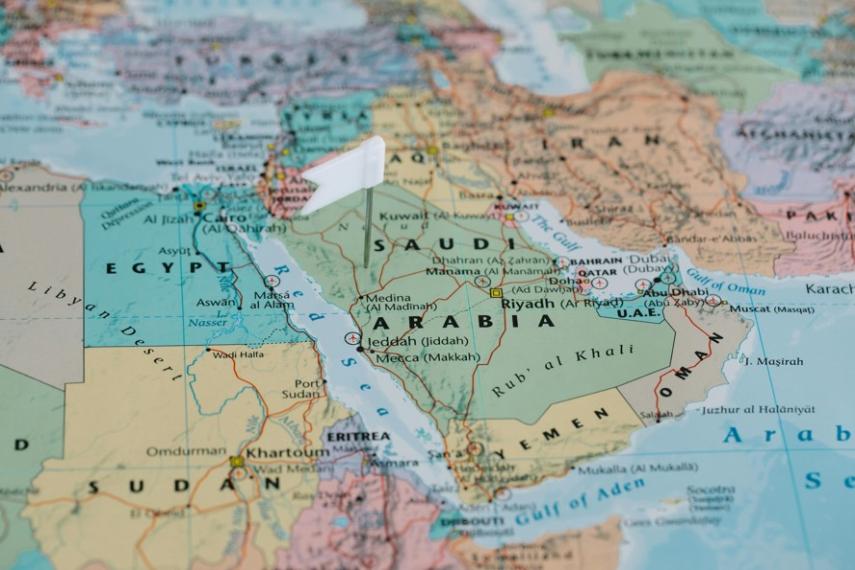
Is the Suez Canal Back? Why CMA CGM’s Return Doesn’t Signal a Full Recovery
The recent south-to-north transit of the CMA CGM Osiris through the Suez Canal has raised hopes that container shipping may be returning to its traditional Red Sea route. However, while the move represents a cautious step forward, it’s far too early to declare that normal operations have resumed.
In June 26, the CMA CGM Osiris—a mega containership with a capacity of 15,536 TEU—became the first large vessel to transit the Suez Canal from Bab al-Mandeb since March 2024. The passage was incentivized by a 15% toll discount offered by the Suez Canal Authority (SCA), part of a three-month scheme targeting ships with over 130,000 net tonnes. This discount aims to lure carriers back after months of disruption caused by attacks on commercial vessels in the Red Sea by Houthi forces since late 2023.
This isolated voyage is best viewed as a calculated trial rather than a strategic shift. CMA CGM itself has acknowledged that while regional security may be improving, the situation remains highly fluid. Back in January, the French shipping giant described the conditions as “a positive but fragile sign,” emphasizing its commitment to alternative routes around Africa.
Indeed, shipping companies continue to exercise extreme caution, largely due to the unpredictable nature of the conflict between Israel and Hamas and the subsequent threats from Iran-backed Houthi militants. Since November 2023, over 190 commercial and naval vessels have been targeted in the Red Sea, forcing carriers to reroute their ships around the Cape of Good Hope—a detour that adds over 7,000 nautical miles and significantly impacts shipping schedules, fuel costs, and emissions.
The result has been a dramatic reduction in Suez Canal transits, dropping from over 26,000 ships in 2023 to just 13,200 in 2024. This sudden decline has shaken global supply chains. Freight rates skyrocketed earlier in the year, with the cost of shipping a 40-foot container from Shanghai to Rotterdam jumping from $4,400 in January to over $8,000 by August. Although prices have since moderated, they remain elevated compared to pre-crisis levels.
These increased costs have not just affected businesses—they are beginning to trickle down to consumers. While the full impact of these disruptions can take up to a year to filter through the supply chain, some analysts estimate global consumer prices could rise by 0.6% in 2025.
Reliability has also taken a hit. Schedule adherence for global container ships dropped from an average of 60% in 2023 to 50% in 2024. Delays caused port congestion and created knock-on effects throughout the supply chain. Manufacturing sectors reliant on just-in-time delivery—such as automotive and electronics—were particularly hard hit. Tesla and Volvo, among others, faced temporary plant shutdowns earlier this year due to parts shortages.
In response, many firms have adapted by building up safety stock, turning to alternative transport modes like air and rail, and sourcing closer to home through strategies like nearshoring. But these measures are costly and unsustainable over the long term, making a return to the Red Sea route an attractive—but still risky—proposition.
For container lines to commit fully to the Suez Canal again, they will require more than one successful voyage or a temporary discount. What’s needed is sustained stability—both politically and operationally. Security for crew, cargo, and vessels remains paramount, but so too does the ability to schedule port calls reliably and plan voyages with confidence.
CMA CGM’s Osiris voyage is a significant development, but it represents an exception, not the rule. Until the Red Sea corridor offers consistent safety and predictability, most container carriers will likely stick with the longer—but currently safer—route around southern Africa.
In short, the Suez Canal is not yet back to business as usual. The global shipping industry remains in wait-and-see mode.
